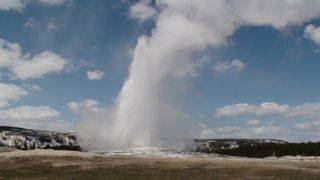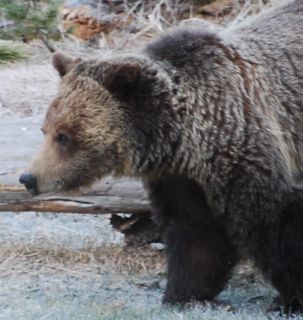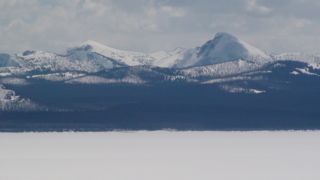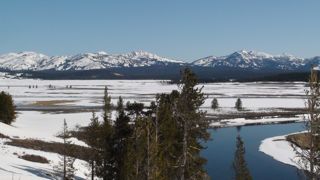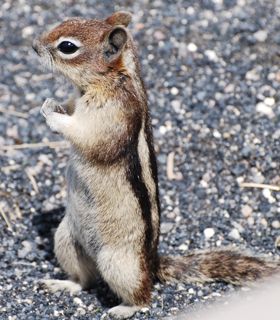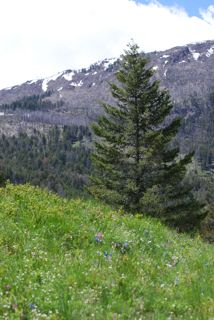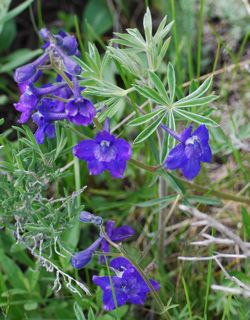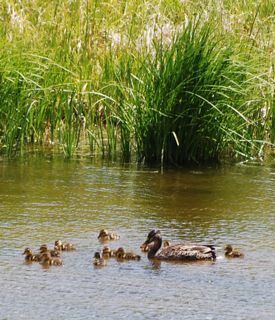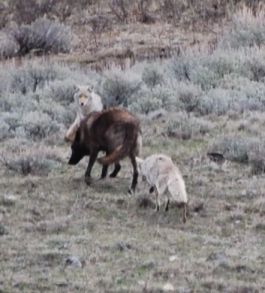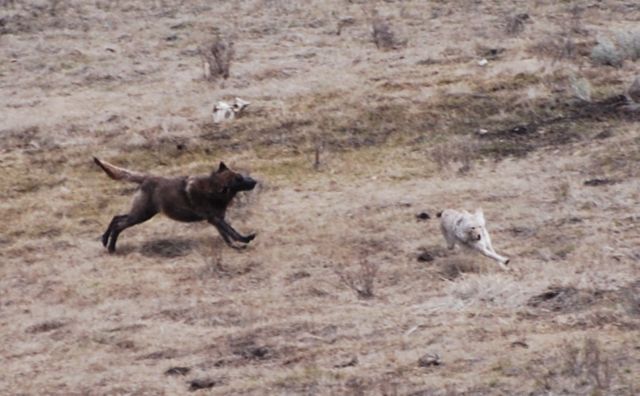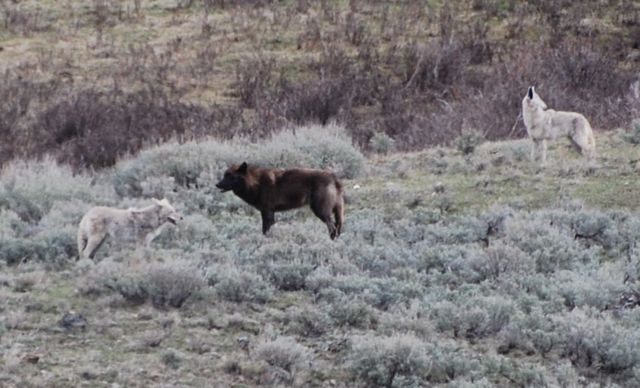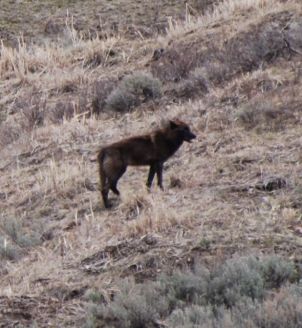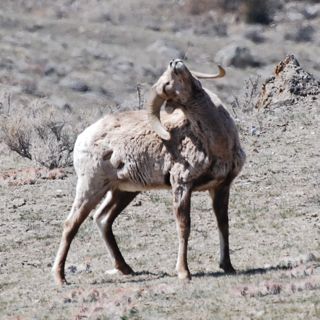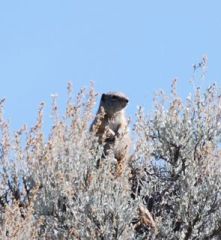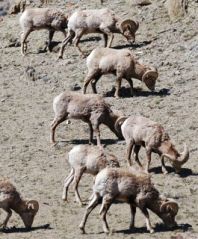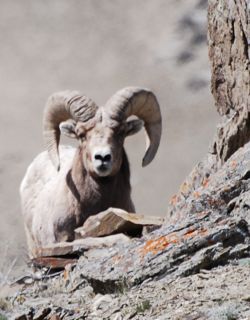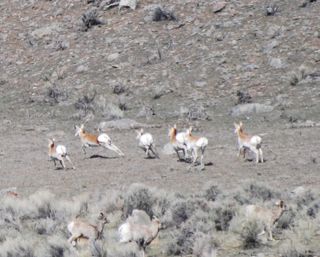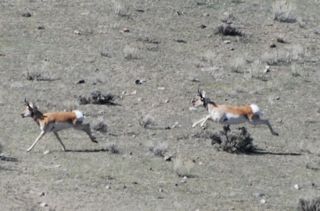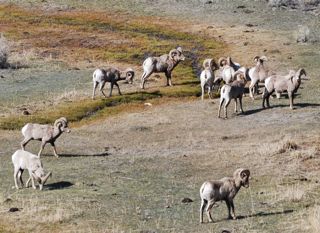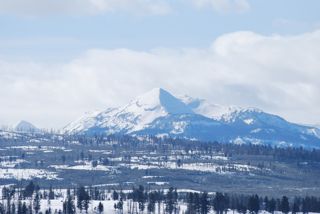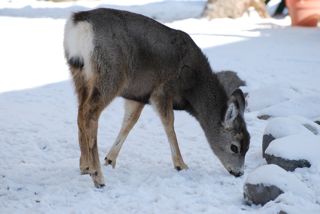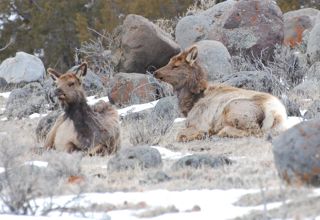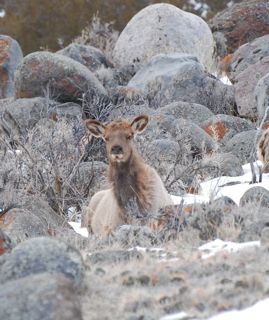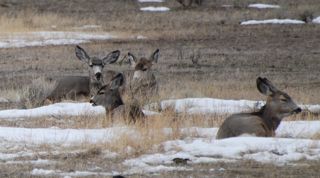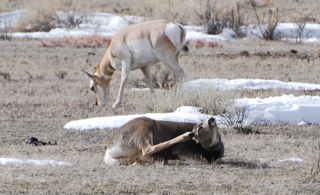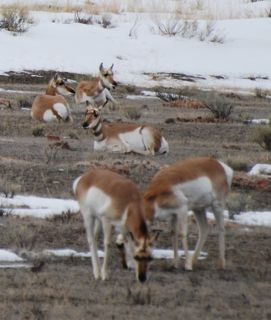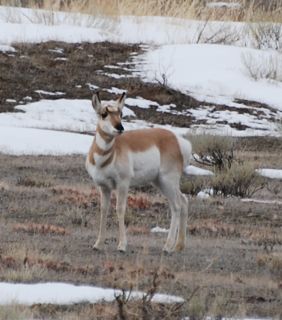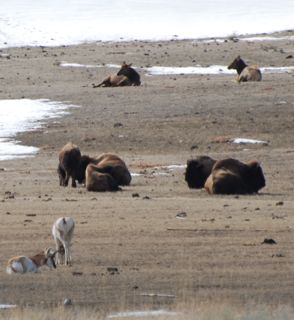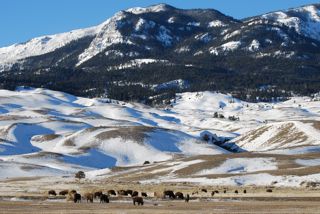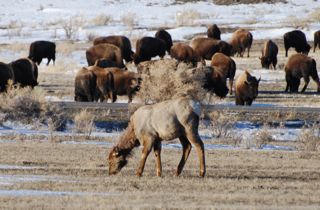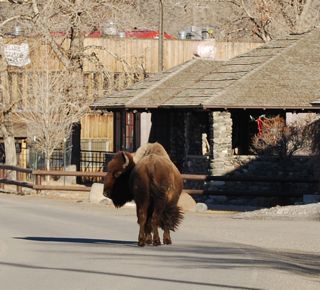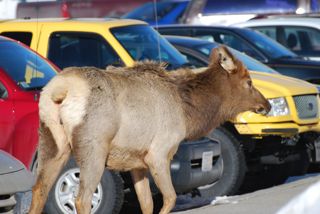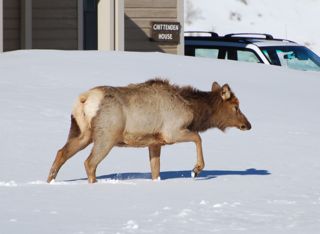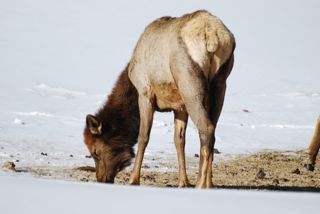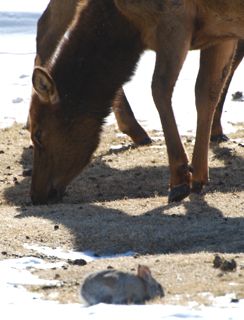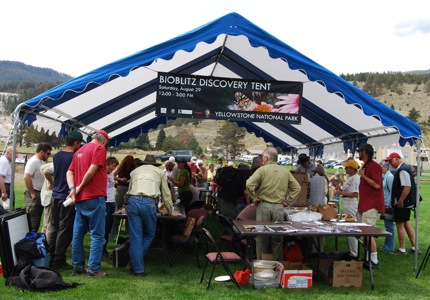 Park visitors explore the BioBlitz discovery tentThe elk herd that frequents Mammoth Hot Springs remained conspicuously absent, perhaps sensing their star status had been supplanted—at least for the day—by Yellowstone’s smaller creatures.
Park visitors explore the BioBlitz discovery tentThe elk herd that frequents Mammoth Hot Springs remained conspicuously absent, perhaps sensing their star status had been supplanted—at least for the day—by Yellowstone’s smaller creatures.
Hundreds of Yellowstone visitors young and old gathered around the Yellowstone BioBlitz tent eagerly peering into microscopes at red water mites or watching a display of carnivorous aquatic beetles. Volunteer scientists from across the country, all of whom had just spent an exhausting day counting the flora and fauna in the Mammoth Hot Springs area, enthusiastically related stories of their discoveries.
Mycologist Bob Antibar, who had traveled from Ohio for the event, proudly displayed a colorful array of mushrooms at his table and cheerfully fielded questions about the strange-looking fungi. He was pleased with the results of the BioBlitz: “We did pretty well for such a dry area of the park, counting almost a hundred species of fungi.” Cathy Cripps, from Montana State University, explained her important work in using beneficial fungi to foster the health of the whitebark pine tree, which is threatened in the Greater Yellowstone Ecosystem.
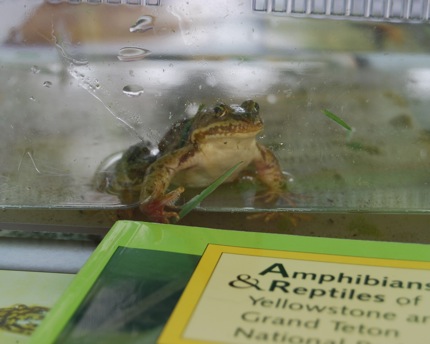 A Columbia spotted frog collected from the fieldIn contrast to the numbers of the fungi-enthusiasts, the herpetologists were disappointed in finding only Columbia spotted frogs and two snakes. Since only four species of amphibians and six species of reptiles live in the entire park, finding three species is still quite an accomplishment in itself. Visitors did not seem to be keeping score and delighted in viewing the live Columbia spotted frog and garter snake the herpetologists had gathered from the field.
A Columbia spotted frog collected from the fieldIn contrast to the numbers of the fungi-enthusiasts, the herpetologists were disappointed in finding only Columbia spotted frogs and two snakes. Since only four species of amphibians and six species of reptiles live in the entire park, finding three species is still quite an accomplishment in itself. Visitors did not seem to be keeping score and delighted in viewing the live Columbia spotted frog and garter snake the herpetologists had gathered from the field.
At the insect table, a microscope revealed dozens of tiny creatures wiggling among leaf litter. Beetle expert Michael Ivie proudly showed people the tiny featherwing beetle, the smallest beetle in Yellowstone and one of the smallest in the world. The size of a pinhead, the beetle had to be viewed through a hand lens.
 Dr. James Halfpenny with his animal track collectionDr. James Halfpenny, a scientist based in Yellowstone, had a full collection of mammal track casts on display and shared photographs of his group’s exciting find; while searching for pika, his team encountered a marten scurrying among the rocks. “We must have taken over 400 photos of the marten between us,” he said and laughed.
Dr. James Halfpenny with his animal track collectionDr. James Halfpenny, a scientist based in Yellowstone, had a full collection of mammal track casts on display and shared photographs of his group’s exciting find; while searching for pika, his team encountered a marten scurrying among the rocks. “We must have taken over 400 photos of the marten between us,” he said and laughed.
Overall, a total of 956 species had been identified by noon on Saturday. The scientists will continue to study their findings and publish the final results on the Greater Yellowstone Science Learning Center website. The first Yellowstone BioBlitz not only provides an important biological inventory, but also helps scientists understand how to maintain the health of an ecological system. With climate change, pollution and other environmental ills threatening our public lands, studies like these will be crucial to the future of Yellowstone and other national parks.
Visit my Examiner page for a slideshow of the event.

